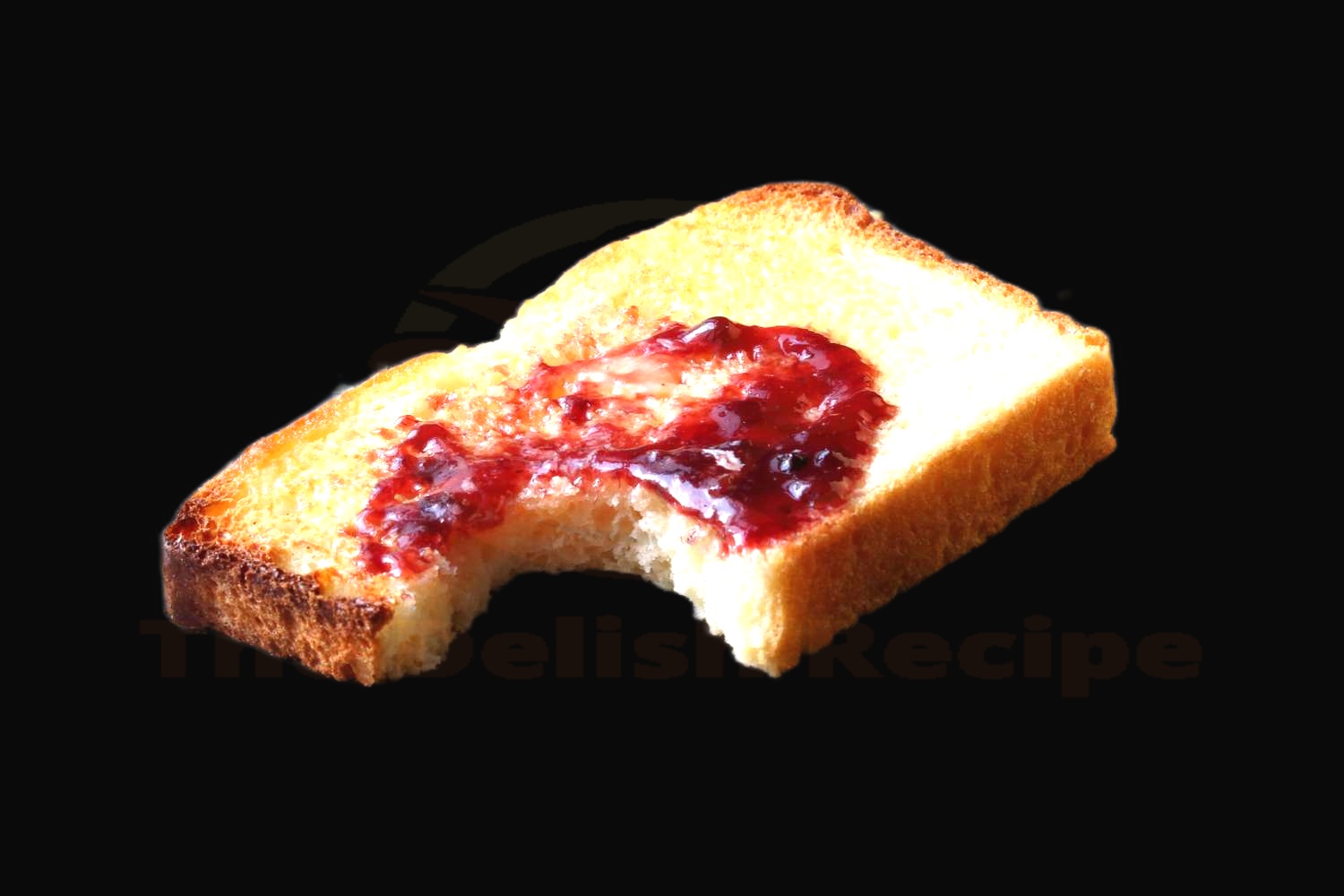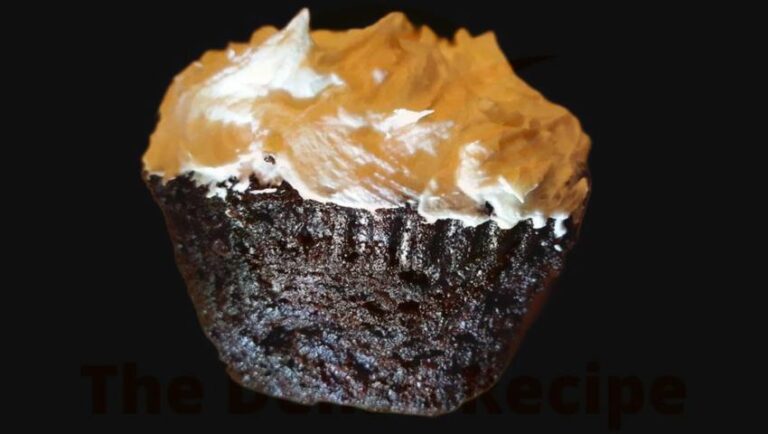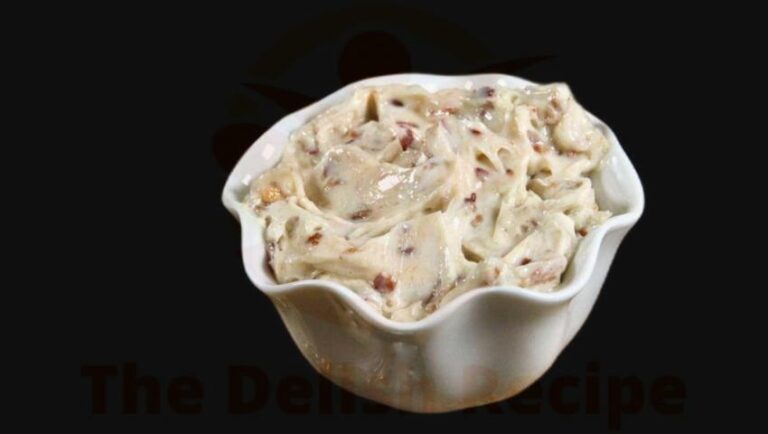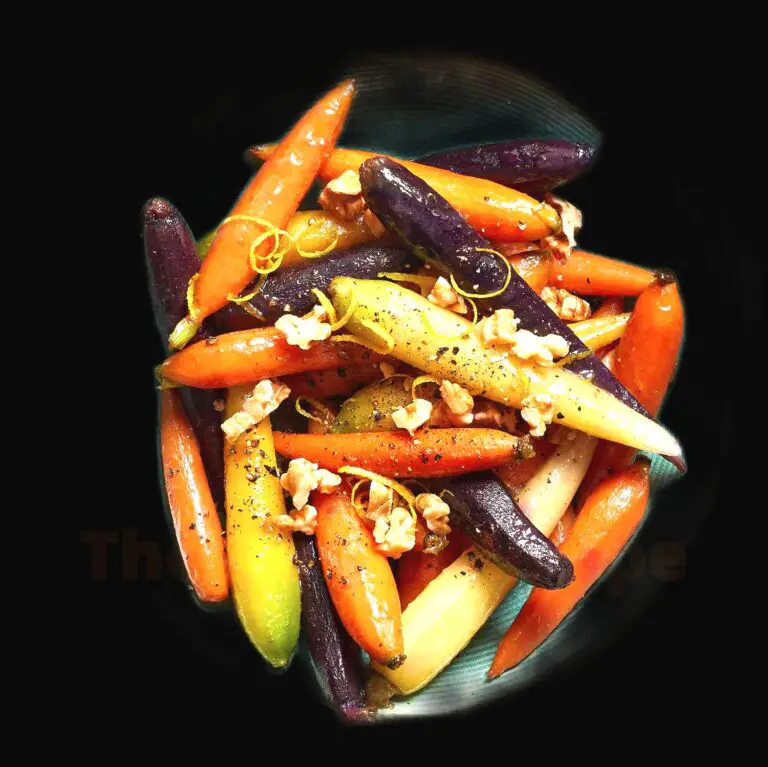Easy Homemade White Bread Recipe
I love the smell and taste of freshly-baked bread, and nothing beats the smell of homemade white bread. I’ve been baking this recipe for years, and it’s become a family favorite. Every time I make it, my family can’t wait to dig in. It’s delicious, it’s easy, and it’s the perfect addition to any meal. I’m so excited to share this delicious white bread recipe with you today!
White Bread Recipe
Prep Time
This recipe typically takes about 2 hours and 10 mins
Cook Time
60 mins
Additional Time
10 mins
Total Time
130 mins
Servings
3 servings

Ingredients
- 3 cups of all-purpose flour
- 1 teaspoon of salt
- 1 teaspoon of sugar
- 1 packet of active dry yeast
- 2 tablespoons of butter
- 1 ¼ cup of warm water
Instructions
- Gather all the ingredients: 3 cups of all-purpose flour, 1 teaspoon of salt, 1 teaspoon of sugar, 1 packet of active dry yeast, 2 tablespoons of butter, and 1 ¼ cup of warm water.
- In a large bowl, mix together the flour, salt, sugar, and yeast.
- Cut the butter into small cubes and add it to the bowl.
- Pour the warm water into the bowl and mix all the ingredients together to form a soft dough.
- Knead the dough for about 10 minutes until it is smooth and elastic.
- Grease a bowl with some oil and place the dough inside. Cover the bowl with a damp kitchen towel and let it rise until it doubles in size. This should take about 1 hour.
- Once the dough has doubled in size, turn it out onto a lightly floured surface and knead it again for a few minutes.
- Grease a loaf pan with some butter and shape the dough into a loaf. Place the loaf in the pan and let it rise for another hour.
- Preheat your oven to 350 degrees Fahrenheit.
- Once the oven is hot, bake the bread for about 60 minutes until it is golden brown.
- Let the bread cool for about 10 minutes before cutting into it and serving. Enjoy your homemade white bread!
Nutrition Facts
- Calories: 350
- Total Fat: 10g
- Cholesterol: 10mg
- Sodium: 200mg
- Total Carbohydrates: 58g
- Fiber: 2g
- Sugar: 3g
- Protein: 8g
What is white bread, and why is it a popular option?
White bread is a popular bread option due to its light, fluffy texture and mild flavor. It is made from refined wheat flour, water, yeast, and sometimes small amounts of vegetable oil and sugar. It does not contain any of the wheat germ and bran that are found in wholemeal bread, giving it its white color. White bread is often enriched, meaning it has added vitamins and minerals. While it is not as nutritious as wholemeal bread, it is still a healthy choice.
White bread is a versatile option that can be used for both sweet and savory dishes. It is often used for sandwiches, toast, and French toast. It can also be used for breading meats and fish, or for making croutons. Its mild flavor and soft texture make it an ideal choice for baking sweet treats, like cupcakes, muffins, and even doughnuts.
White bread is a convenient choice for many people, as it is often found in grocery stores, and it is relatively inexpensive. It also has a longer shelf life than many other types of bread, making it a great option for those who don’t have time to make homemade bread.
Overall, white bread is a popular and convenient option for many people. It has a mild flavor and light texture that make it a great choice for sweet and savory dishes. Its versatility, convenience, and affordability make it a great choice for anyone looking for a quick and easy meal.
What are the nutritional benefits of white bread?
You may be surprised to learn that white bread offers nutritional benefits that make it a great option for your diet! Here are some of the main benefits of white bread:
- High in carbohydrates: White bread is packed with carbohydrates, which provide your body with energy and help keep you feeling full and satisfied.
- Low in fat: White bread is low in fat, which means it can be part of a balanced and healthy diet.
- Source of vitamins and minerals: White bread contains important vitamins and minerals like iron, magnesium, potassium, and Vitamin B-6, which can help support your health and wellbeing.
- Easily digestible: White bread is easy to digest, making it a great choice for those with sensitive stomachs.
- Versatile: White bread can be used in a variety of recipes and can make a great addition to sandwiches, toast, or as a side dish.
Overall, white bread is a great option for those looking to get the nutrition they need without sacrificing taste.
How is white bread made, and what ingredients are typically used?
Making white bread is actually quite simple! You’ll typically need the following ingredients: all-purpose flour, sugar, salt, active dry yeast, and warm water.
First, you’ll mix together the yeast, warm water, and sugar in a bowl and let it sit for a few minutes until it’s frothy. Then, you’ll add the all-purpose flour, salt, and the yeast mixture to a bowl and knead it for about 5-10 minutes until the dough is smooth.
Next, you’ll shape the dough into a ball, place it on a lightly floured surface, and let it rise until it’s doubled in size. After that, you’ll knead the dough again, form it into a loaf, and place it in a greased loaf pan. Now it’s time to let it rise again until it doubles in size.
Finally, you’ll bake the loaf in a preheated oven at 375°F for about 30 minutes or until it’s golden brown.
What are some creative ways to incorporate white bread into meals?
You might think of white bread as boring and plain, but there are so many creative ways to incorporate it into meals! From classic sandwiches to new twists on traditional dishes, white bread can be the perfect foundation for a delicious meal. Here are some creative ways to get started.
Sandwiches are an easy go-to for any time of day. For breakfast, try making a French toast sandwich with your favorite fillings, such as peanut butter and jelly, Nutella and banana, or even scrambled eggs and bacon. For lunch and dinner, get creative with your favorite sandwich combos—think grilled cheese with pesto, hummus and spinach, or even tuna salad.
Another great way to use white bread is to make homemade croutons. Simply cut the bread into cubes, season with garlic powder, onion powder, and salt, then bake in the oven until toasted and crunchy. Croutons are a great addition to salads, soups, or even just as a snack.
If you’re looking for something a little more decadent, try making your own bread pudding. Start by cutting the bread into cubes, then soak in a mixture of beaten eggs, cream, and your favorite spices. Bake in the oven until golden and the top is slightly crispy. Serve with a drizzle of honey or syrup for the perfect indulgence.
White bread can also be used as a base for homemade pizza. Simply spread your favorite tomato sauce, cheese, and toppings on top of the slices and bake in the oven until golden and bubbly.
These are just a few creative ways to incorporate white bread into meals.
What are the possible health risks associated with eating white bread?
Eating white bread can have a few potential health risks associated with it. It is important to consider these risks before including white bread in your diet.
The first risk associated with eating white bread is its high glycemic index. White bread is made from refined wheat, which has a high glycemic index. This means it can cause a quick spike in your blood sugar levels. If you are looking to regulate your blood sugar levels, then white bread may not be the best choice for you.
Another potential health risk associated with eating white bread is its lack of nutritional value. White bread does not contain any essential vitamins or minerals, so it does not provide any health benefits. Additionally, white bread is often high in calories and carbohydrates, which can lead to weight gain if consumed in excess.
A final health risk associated with eating white bread is its potential to cause digestive issues. White bread is made with refined flour, which has been stripped of its fiber and other important nutrients. As a result, it can be difficult to digest and may cause bloating, gas, and other digestive issues.
In conclusion, eating white bread can have a few potential health risks associated with it. It is important to consider these risks before including white bread in your diet. If you are looking to maintain a healthy diet, you may want to consider choosing whole grain options instead.
What are the differences between white bread and whole wheat bread?
If you’re looking to make a healthier choice when it comes to bread, you may be wondering what the differences between white bread and whole wheat bread are. The answer is quite simple: whole wheat bread is far superior in terms of nutritional value.
White bread is made from refined white flour, which is stripped of its natural nutrients and fiber during the refining process. This makes it a less nutritious option than whole wheat bread. Whole wheat bread, on the other hand, is made from whole wheat flour, which contains all of the natural nutrients and fiber of the wheat kernel, making it a healthier option.
In terms of nutrition, whole wheat bread is the clear winner. It contains more fiber, protein, vitamins, and minerals than white bread and is a better source of energy. Whole wheat bread also has a lower glycemic index, which means it will help to keep your blood sugar levels stable, while white bread will cause your blood sugar levels to spike.
When it comes to taste, the difference between white and whole wheat bread is not as pronounced. Whole wheat bread does have a heartier, nuttier flavor than white bread, but it’s still quite delicious.
So, next time you’re looking for a healthier bread option, opt for whole wheat bread. It’s not only more nutritious, but it’s also just as tasty as white bread.
What are some of the best store-bought and homemade white bread recipes?
If you’re looking for the best store-bought and homemade white bread recipes, look no further! Whether you’re a novice baker or an experienced bread maker, there’s something here for everyone. From classic sandwich breads to specialty loaves, here are some of the most delicious white bread recipes out there.
Store-Bought White Bread Recipes
If you’re short on time, or just don’t feel like baking, picking up a loaf of store-bought white bread is always an option. Look for breads made with whole wheat flour and no added sugar, so you can get the most nutrition out of your slice. Here are some of the best store-bought white bread recipes to try:
- Bimbo Soft White Bread: This Mexican-style white bread is light, fluffy and perfect for making sandwiches.
- Wonder Bread: Wonder Bread’s classic white bread is a classic. It’s great for making toast, grilled cheese sandwiches, and other tasty treats.
- Arnold Country Buttermilk White Bread: This classic white bread is made with real buttermilk, giving it a rich, creamy flavor.
Homemade White Bread Recipes
For those who love to bake, making your own white bread is a great way to get creative and experiment with flavors. Here are some of the best homemade white bread recipes to try:
- Basic White Bread: This classic sandwich bread recipe is simple and easy to make.
- No-Knead White Bread: This no-knead bread recipe is perfect for busy bakers who don’t have time to knead.
- Cheesy White Bread: This cheesy white bread is packed with flavor, thanks to the addition of cheddar cheese and garlic.
Whether you opt for store-bought or homemade white bread, you’re sure to end up with a delicious loaf. So go ahead and give one of these recipes a try and enjoy your freshly-baked white bread.



